Review: Making plants break a sweat: the structure, function, and evolution of plant salt glands
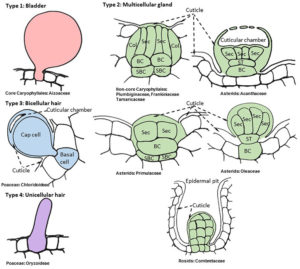 Many agricultural lands are becoming saltier as a consequence of irrigation and sea water incursion, yet most crops are very sensitive to salt. Salt glands that accumulate and secrete salt have evolved independently at least 12 times in plants. Dassanayake and Larkin review the structure, function and evolution of salt glands, and describe how model species with salt glands (including ice plant and quinoa) are useful for electrophysiology and genetic studies. The authors conclude with a fascinating thought-experiment about whether we could engineer salt glands into other species. The short answer: yes, in theory, but it “would be a substantial test of our skills in combining –omics data, cell biology, and classical whole plant physiology to understand and manipulate a plant’s response to environmental stress.” Front. Plant Science 10.3389/fpls.2017.00406
Many agricultural lands are becoming saltier as a consequence of irrigation and sea water incursion, yet most crops are very sensitive to salt. Salt glands that accumulate and secrete salt have evolved independently at least 12 times in plants. Dassanayake and Larkin review the structure, function and evolution of salt glands, and describe how model species with salt glands (including ice plant and quinoa) are useful for electrophysiology and genetic studies. The authors conclude with a fascinating thought-experiment about whether we could engineer salt glands into other species. The short answer: yes, in theory, but it “would be a substantial test of our skills in combining –omics data, cell biology, and classical whole plant physiology to understand and manipulate a plant’s response to environmental stress.” Front. Plant Science 10.3389/fpls.2017.00406


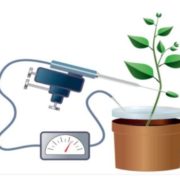
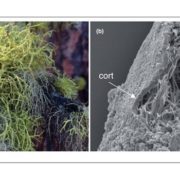
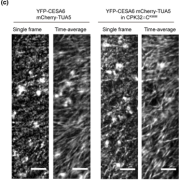


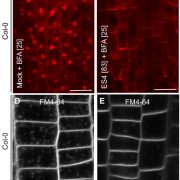


Leave a Reply
Want to join the discussion?Feel free to contribute!